Gum recession, especially at the age of 40 and beyond, can become a significant oral health issue. It can expose tooth roots and lead to discomfort, increased sensitivity, and potential tooth loss. While gum recession may seem irreversible, early intervention and treatment can help manage symptoms and prevent further deterioration. Maintaining excellent oral hygiene and consulting a dental professional are key to mitigating the effects of gum recession.
This article explores the causes of gum recession, treatment options for exposed roots, and strategies to prevent further gum damage.
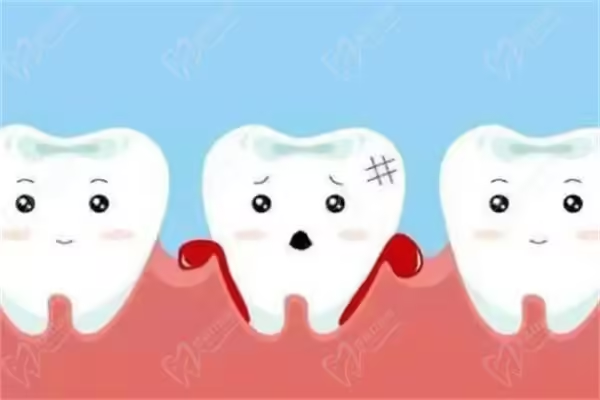
1. What to Do When Gum Recession Exposes Roots at Age 40
When gum recession occurs at age 40, leading to exposed roots, the first step is to determine whether the condition is due to physiological aging or a more serious underlying issue like periodontal disease. If the recession is mild and primarily caused by aging, significant medical intervention may not be necessary. However, if it is accompanied by pain, swelling, or infection, immediate dental care is crucial.
Treatment Options for Gum Recession:
- Non-Surgical Treatments: For less severe cases of gum recession, non-surgical treatments like professional teeth cleaning and scaling can remove tartar buildup and improve oral hygiene.
- Surgical Treatments: For more advanced cases of recession where roots are visibly exposed, surgical interventions such as root canal therapy or gum grafting (soft tissue grafting) may be necessary. These procedures help restore gum health and cover exposed tooth roots.
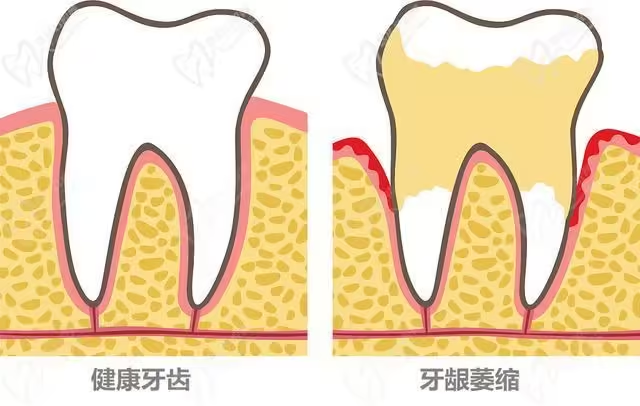
2. Common Causes of Gum Recession
Gum recession can occur due to a variety of reasons, including poor oral hygiene, aggressive brushing, or age-related factors. Identifying the cause can help determine the appropriate course of treatment.
1. Mechanical Wear and Tear:
Excessive or improper use of oral hygiene tools like hard-bristled toothbrushes can lead to gum tissue damage. Overly forceful brushing can wear down the gums, exposing the tooth roots.
2. Periodontal Disease:
Chronic periodontal disease, caused by plaque buildup, is a common cause of gum recession. As bacteria infect the gums, they inflame and destroy gum tissue, leading to eventual recession.
3. Age-Related Decline:
Aging naturally results in a certain degree of gum recession, as gum tissue thins and recedes over time. This is a normal part of the aging process, but it still requires attention and care to prevent complications.
4. Misaligned Teeth and Bite Issues:
A misaligned bite or teeth can place undue stress on the gums, contributing to recession. Correcting bite issues with orthodontic treatments may prevent further gum damage.
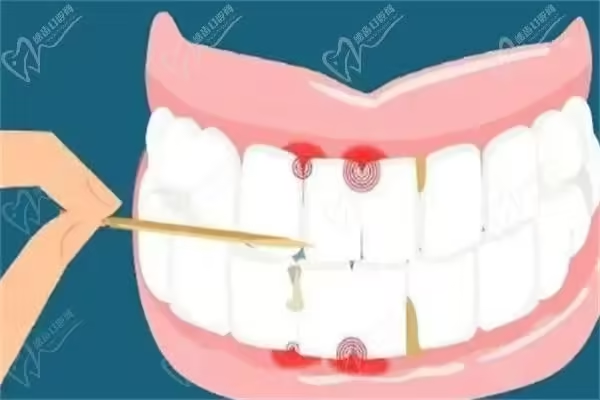
3. Stages of Gum Recession and Symptoms
Understanding the stages of gum recession can help in identifying the severity of the condition and seeking timely treatment. Gum recession typically progresses through three stages:
Stage I: Mild Gum Recession
In this early stage, the gumline begins to recede slightly, often without causing noticeable discomfort. The gums may appear flatter than usual, and teeth may become more sensitive to temperature changes. No significant treatment is needed at this stage, though improving oral hygiene is recommended.
Stage II: Moderate Gum Recession
At this point, the gum recession becomes more noticeable. The roots of the teeth may become partially exposed, leading to discomfort and sensitivity. Inflammation, redness, and swelling of the gums are common. Non-surgical treatments such as scaling and root planing, combined with better oral hygiene, are often recommended at this stage.
Stage III: Severe Gum Recession
In the most advanced stage, the gums recede significantly, and the roots are highly exposed. Teeth may become loose, and patients may experience pain, infection, and potential tooth loss. Surgical intervention such as gum grafting or guided tissue regeneration is typically required to prevent further damage.
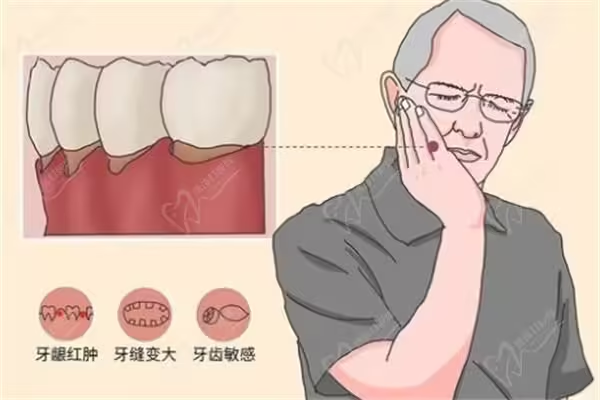
4. How to Reverse Gum Recession and Restore Gum Health
While gum tissue cannot regenerate once it has receded, there are several ways to manage the condition and prevent it from worsening.
Improve Oral Hygiene Practices
Adopting better oral hygiene practices is critical for halting the progression of gum recession. Use a soft-bristled toothbrush and gentle brushing techniques to clean the teeth and gums without causing further damage. Brush at least twice daily and floss regularly to remove plaque and food particles from between teeth.
Use Special Toothpaste for Sensitive Teeth
To reduce discomfort associated with exposed roots, consider using toothpaste designed for sensitive teeth. Toothpastes containing fluoride can also help strengthen the enamel and protect against further decay.
Eat a Balanced Diet
Maintaining a healthy diet rich in vitamins and minerals is essential for gum health. Vitamin C, found in fruits and vegetables, helps repair and strengthen gum tissue. Reducing sugar intake can also decrease the risk of gum disease.
Quit Smoking and Reduce Alcohol Consumption
Smoking and excessive alcohol intake can accelerate gum recession. Quitting smoking and moderating alcohol consumption can significantly improve gum health and reduce the risk of further recession.
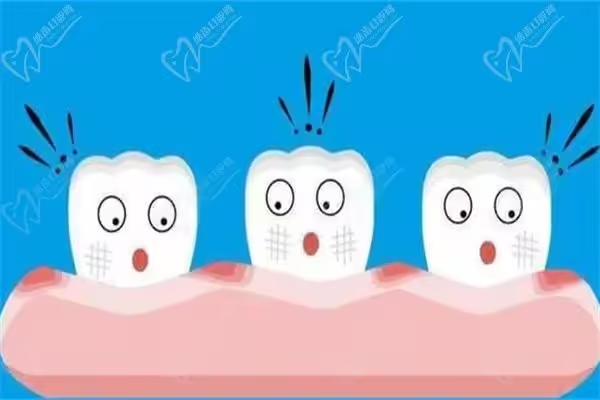
5. Surgical Options for Treating Severe Gum Recession
In cases where gum recession is severe and non-surgical methods prove insufficient, surgical procedures may be necessary to restore gum health and protect the teeth.
Gum Grafting Surgery
Gum grafting is one of the most common surgical solutions for treating advanced gum recession. During this procedure, a piece of tissue from another part of the mouth (or donor tissue) is grafted onto the affected area to cover the exposed roots and encourage new tissue growth.
Root Canal Treatment
In cases where the recession has caused significant root damage, root canal therapy may be necessary. This treatment removes damaged or infected tissue from the tooth and seals it to prevent further damage.
Guided Tissue Regeneration
For more complex cases of gum recession, guided tissue regeneration may be used to stimulate the growth of new bone and gum tissue around the teeth. This procedure often accompanies gum surgery.

Conclusion: Protect Your Oral Health After 40
Gum recession at age 40 is a manageable condition if caught early and treated appropriately. By maintaining good oral hygiene, seeking regular dental checkups, and adopting healthy lifestyle habits, you can slow the progression of gum recession and protect your teeth and gums. Surgical treatments, while effective, should be considered as a last resort when non-surgical options fail to improve the condition.
If you’re experiencing symptoms of gum recession or exposed roots, consult a dental professional immediately for a personalized treatment plan.
